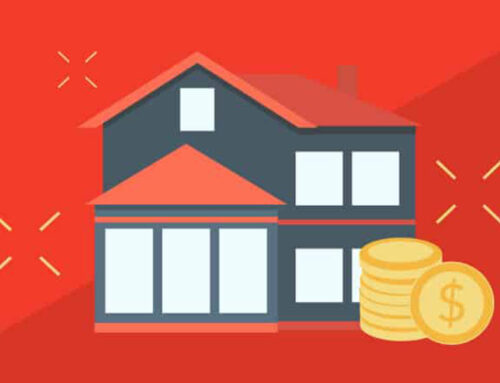Fact: Rehabbing a property is the hardest part of buying and selling real estate investments. I can’t tell you the amount of money that my real estate investment buddies and I sank into the renovations of our first few projects, only to receive a fraction of the anticipated returns when we sold them. Let’s be clear, rehabbing an outdated or unlivable property isn’t easy—even if you’re an experienced real estate investor. If you’re hoping to make a profit from fixer-upper homes for sale in Chicago, you’ll need to nail the rehab. This means estimating and planning rehab costs as smartly and accurately as possible. Let’s explore how.
How to Plan Rehab Costs in Chicago Fixer Upper Homes
Even if you’re a construction expert, planning and estimating rehab costs for a fixer-upper home in Chicago can be a tricky business. This job is made even harder when your profit margins depend on being as accurate as possible. Here’s the process I use to plan rehab costs smartly:
- Inspect the home thoroughly. Don’t rush viewing the property. Carefully go over every nook and cranny, look in the basement, and explore the attic. Get on top of the roof if you can, too. Some areas may be difficult to access during Chicago’s winters, but you should be as thorough as you can. In addition, get a home inspection from a licensed professional. It can save you from a money pit in disguise.
- Make a note of each potential problem. During your tour of the property, take a lot of pictures that you can refer to later. Jot down anything that you think is, or may become, a problem if you were to buy and rehab the fixer-upper home, as well as any areas of the house that you think will need modernizing. With the Windy City’s influx of Millennials, adding modern technology touches during the rehab can make or break a sale.
- Assign a cost to each needed repair or upgrade. Speak to several local experts to get an accurate quote for each issue that you have found. The more experts you speak to, the better. But don’t let yourself get stuck in this stage– time is money!
- Look at other properties in the neighborhood. The extent of your rehab will often depend on neighboring properties. It’s important to bring your distressed home up to the neighborhood’s average standard, but there isn’t a huge amount of value in going above and beyond nearby properties.
This four-point plan won’t guarantee you exact rehabbing costs every time, but it will help you get pretty close in order to make an educated guess about whether or not you want to invest in a fixer-upper home for sale in Chicago.
Major Fixes That May Not Provide Good ROI
When it comes to ugly houses in Chicago, I’ve seen it all. But there are several problems that seem unavoidable, popping up time and time again. Here are a few of the most common—and costly—problems you must be on the lookout for:
- Water damage. Where there is snow, there is water. When spring thaws out Chicago, excess water can intrude into basements and other subterranean spaces. This type of damage can be difficult to spot, but it can be very damaging to homes—and quite expensive to repair. Nine times out of ten, the after-market value doesn’t justify a lot of water damage mediation–especially when it compounds into the next problem: mold.
- Mold. If a property is left abandoned or without anyone caring for it, mold can spread rapidly. This is a particular problem in Chicago where the wet winters provide the perfect moist atmosphere for it to thrive when spring arrives. Make sure you check every wall and ceiling for signs of mold before planning your renovation. If not, a simple rehab could turn into tearing up more floors, walls, and ceilings than you bargained for.
- Termites. The eastern subterranean termite is rife throughout the state of Illinois. It has been estimated that one in five homes within high-activity areas (including Chicago) has had or will have termites. When properties are left untended, there’s no one to notice the gradual signs of termite damage. It isn’t always obvious upon inspection, either. But where termites exist, there may be serious structural damage to the property which can cost tens of thousands of dollars to rectify.
While these three problems aren’t an automatic red flag for me, they do give serious pause for thought. If any of the three problems are extensive, or if a property has more than one of these issues, I typically am not willing to try to rehab it.
Getting a Firm Fix on Costs with ValueChek™
There is one way to get a much more detailed estimate of rehab costs. With HomeVestors® proprietary ValueCheck® software, I’m able to accurately evaluate rehab costs before I commit to a purchase. ValueChek™ enables me to cost out the entire rehab project, based on local material and labor costs, and estimate the after-repair value. That way, I know what I’m getting into at the start. And, I know what I could potentially get out of it in the end. As long as I do a thorough inspection of the property, I can be confident that it is a good investment deal. If you could use more certainty when buying a rehabber for investment, get in touch with HomeVestors® today.
Each franchise office is independently owned and operated.
Contact
"*" indicates required fields




